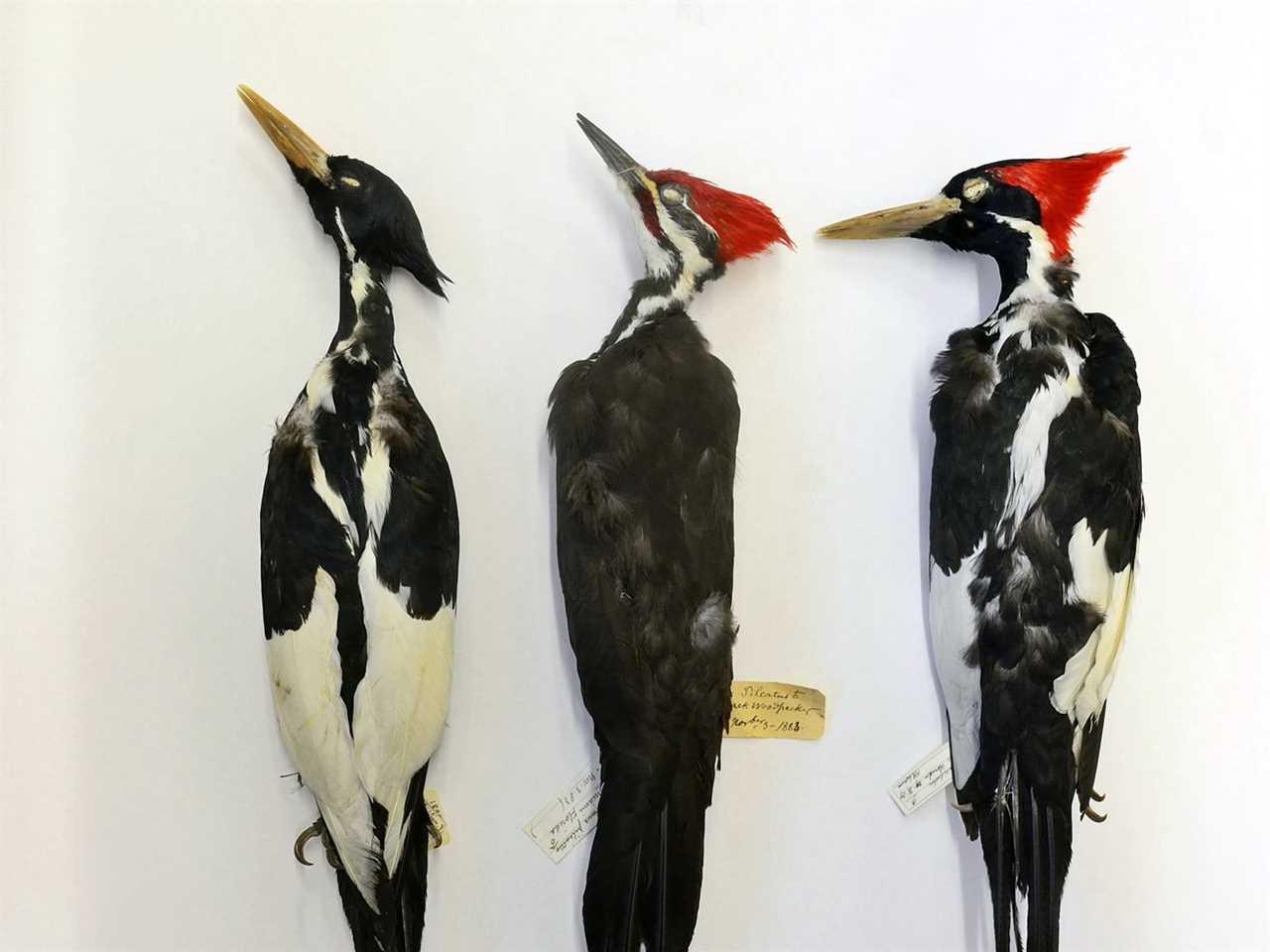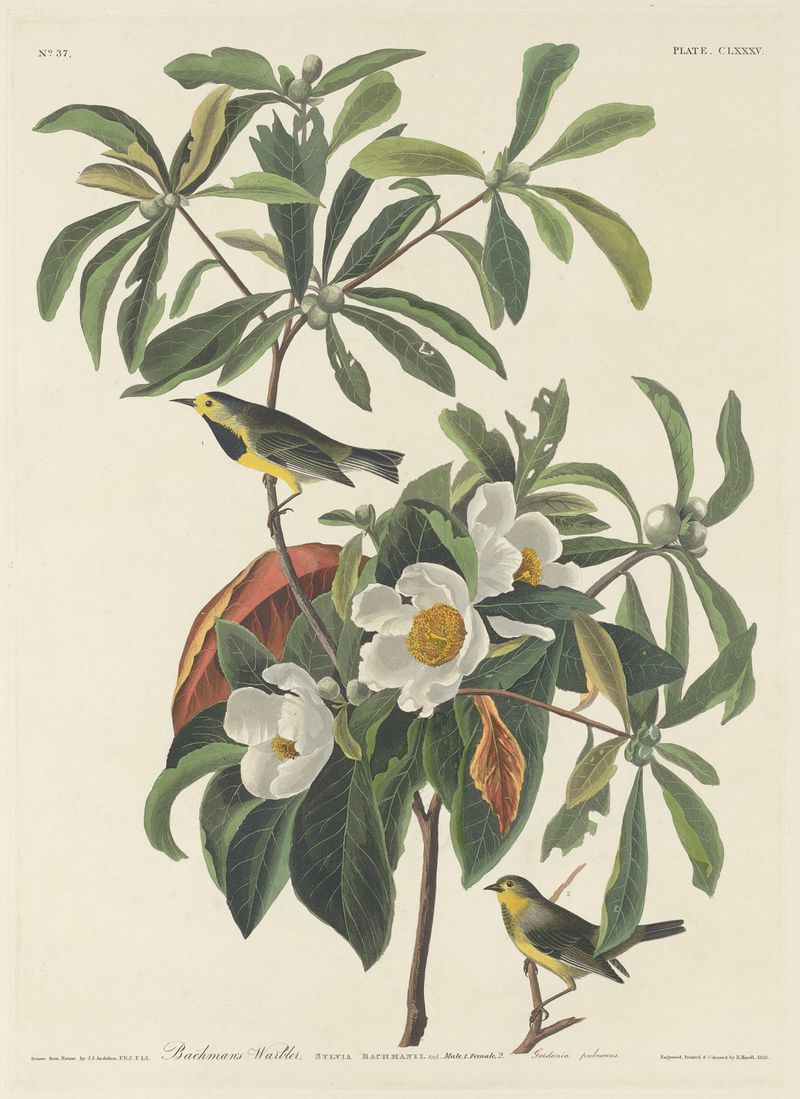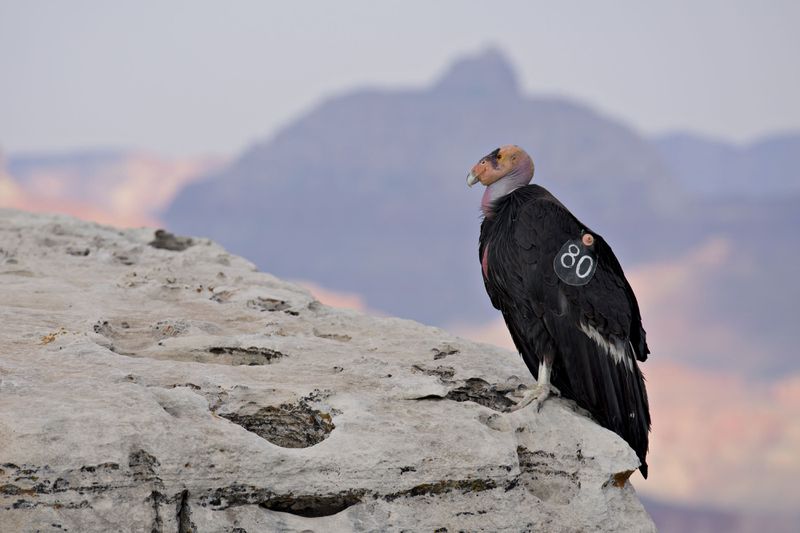
The US declared the ivory-billed woodpecker and 22 other species extinct. The story doesn’t end there.
Nearly two dozen species, including the iconic ivory-billed woodpecker and several kinds of freshwater mussels, were declared extinct this week by the US Fish and Wildlife Service, after years of surveys failed to turn up any of them. The 23 species on the list — which include animals and one plant — join another 650 or so species in the US that have been deemed lost to extinction or that scientists haven’t seen for decades.
The announcement garnered widespread media coverage, and for a good reason: Extinction is forever, as they say, and 23 is the largest number of extinctions the agency has ever declared at one time — not to mention, ornithologists have been debating for years about whether or not the ivory-billed woodpecker is gone for good.
But some researchers argue that the term “extinction” — which is a focus for conservation groups trying to drum up support for their causes — underplays the vast scale of global biodiversity loss, and runs the risk of limiting interest and investment in the natural world.
By the time we hear about species going extinct, there’s often little we can do to stop it. The real ecological destruction happens years or decades earlier. Scientists and conservationists should arguably spend just as much time on steadily shrinking populations, the disappearance of individuals from parts of their range, and the loss of services that plants and animals provide, from water filtration to pollination.
By focusing on the extinction of only a small pool of mostly charismatic species like rhinos and monarch butterflies, the conservation movement has struggled to rally public support for the more widespread but quieter decline of many species, some experts say. We should also focus on other metrics, like the number of individuals of a species, they say — and develop altogether new ones that go beyond chronicling what we’ve lost.
It takes a lot of work to declare a species extinct
Roughly 900 species have been declared extinct globally in the past five centuries, but in reality, that number is likely much higher, said David Roberts, an associate professor of biodiversity conservation at the University of Kent in the UK.
It’s really difficult to rule a species extinct with 100 percent certainty. “It’s hard to prove an extinction,” said Barney Long, senior director of conservation strategies at the nonprofit Re:wild. “It’s much easier to prove the existence of something.”

Bettmann/Getty Images

Heritage Art/Heritage Images via Getty Images
To formally declare a plant or animal extinct, researchers have to demonstrate that no individuals of that species remain on Earth, either in the wild or captivity, according to the Fish and Wildlife Service (USFWS) and the International Union for the Conservation of Nature (IUCN), which runs the Red List of Threatened Species. Such a determination requires “exhaustive surveys” in the appropriate habitats and at the appropriate times, which would mean nighttime searches for nocturnal species, IUCN says. The planet is home to millions of known species — and many more that we’ve yet to discover — making it inconceivable to regularly survey even a fraction of them, Roberts said.
That’s why the USFWS announcement is a pretty big deal. Notably, the agency determined that the 23 species had all gone extinct decades ago, said Tierra Curry, a senior scientist at the Center for Biological Diversity, an advocacy group. The agency is now seeking public comment on its proposal to remove them from the federal list of endangered species (so, if you’ve seen any of them, be sure to let them know.)
In some ways, it’s a good thing that declaring a species extinct is such a hard call. “Once something becomes extinct, all conservation efforts for it stop,” Long said. Not only is this a matter of life and death for the species, it also affects other species that may live in the same places, Roberts said. If you’re protecting an old-growth swamp forest in Louisiana because you think it’s home to ivory-billed woodpeckers, for example, other species will likely benefit — whether or not the bird itself still exists. Then again, he said, “you don’t want to throw good money after bad,” by protecting something that isn’t there.
What focusing on extinction misses
It’s no surprise that media outlets and big conservation organizations have for decades focused on species disappearing. Extinction is an easy concept to grasp, especially compared with something as vague as biodiversity loss — a term even scientists have trouble consistently describing.
There’s data to back this up: In a recent survey by the nonprofit Defenders of Wildlife that the group shared with Vox, 60 percent of Democratic voters said they were “very” or “extremely” concerned about species going extinct, compared with 45 percent who were worried about biodiversity loss. “‘Biodiversity’ is obviously the very core of our efforts,” the group wrote in its analysis of the results, but “other words (like ‘extinction’) are more readily understood and thus more galvanizing.”
Extinction is no doubt an important measure of biodiversity loss, but only to a point. It can obscure less dramatic metrics that some argue are even more important for conservation — such as the abundance, or the number of individuals, of a species.
“I think the big conservation organizations did themselves a disservice by focusing on charismatic species going extinct,” said David Kaimowitz, a forestry director at the United Nations Food and Agriculture Organization. “What’s happened over the last 50 years is we’ve lost an incredible amount of the world’s wildlife — its insects, its birds, its mammals — and almost none of that has gone noticed because the focus has been on species going extinct.”
These declines are indeed massive. By some estimates, populations of mammals, birds, amphibians, reptiles, and fish have declined by almost 70 percent on average since 1970. It’s the reason you tend to see fewer bugs on your windshield when driving cross-country and hear less birdsong when hiking through the forest.
It’s also useful to think about why we care about extinction. Is it because it puts ecosystems and the services they provide at risk? If so, an emphasis on some other concept, like abundance, might be more helpful. By the time a species is threatened, it’s probably too rare to contribute much to its environment, for example as a pollinator or as part of the food chain.
“Most of the damage is done long before the species ... is listed as threatened or endangered,” said Rebecca Shaw, the chief scientist at the World Wildlife Fund. “Species extinction risk is a continuum — so it is much better to be tracking the health of populations of a species as they will often show signs of trouble.”
In other words, the problems conservationists are ultimately trying to solve happen long before species are threatened with extinction — and so should efforts to address them.
That’s not to say we should scrap extinction as a measure of loss entirely. There are still plenty of people who “deny we are in a biodiversity crisis,” Curry said. “They say, ‘Name a species that went extinct today’ as their justification.” Documenting extinction makes it harder to argue against the loss of wildlife. But she acknowledges that “extinction is the end of a long decline that absolutely deserves attention along the way.”
A new metric for wildlife conservation
There’s another downside to a hyperfocus on extinction: It’s a bummer. “People hear the bad news of extinction all of the time,” Long said. “They become numb to it.”
Long says it’s time to change the conversation altogether, and focus instead on animal populations that are recovering. “I’m a strong believer in flipping this on its head and really starting to talk about the positive stories,” Long said. Extinction is what we want to avoid, he said, “but what do we want to achieve?”
For his part, Long is involved in an IUCN effort to develop something called the Green Status of Species, which — in contrast to the group’s Red List of Threatened Species — will measure the extent to which a species has recovered, and how much conservation efforts have helped.

Daniel Acker/Bloomberg via Getty Images
On the Green list, species will get a score from zero (extinct in the wild) to 100 (fully recovered), said Long, who’s the co-chair of the IUCN Green Status Working Group. The full recovery of a species means it’s playing its natural role in the ecosystem — be it eating plants, and preventing overgrowth, or spreading seeds — across its native range.
The IUCN formally launched the project earlier this year, and a large team of scientists has already assessed 181 species. A dragonfly in Europe and Asia called the river clubtail, for instance, is classified as “fully recovered” with a score of 100 percent. The California condor, meanwhile, is listed as “largely depleted” with a score of 25 percent, though its assessment notes that it has a high recovery potential.
If we only focus on preventing extinction of the ivory-billed woodpeckers of the world, and a small handful of other charismatic species, Long said, the best we can hope for is preventing that fate for a handful of plants and animals. But he added: “If we start looking up the hill toward recovery ... our ambition can almost be endless, in terms of how we recover that species and rewild the planet.”
----------------------------------------
By: Benji Jones
Title: What “extinction” really means — and what it leaves out
Sourced From: www.vox.com/down-to-earth/22700280/extinct-animals-birds-biodiversity-loss
Published Date: Thu, 30 Sep 2021 17:18:08 +0000
Did you miss our previous article...
https://consumernewsnetwork.com/politics-us/tentative-occupy-1x






